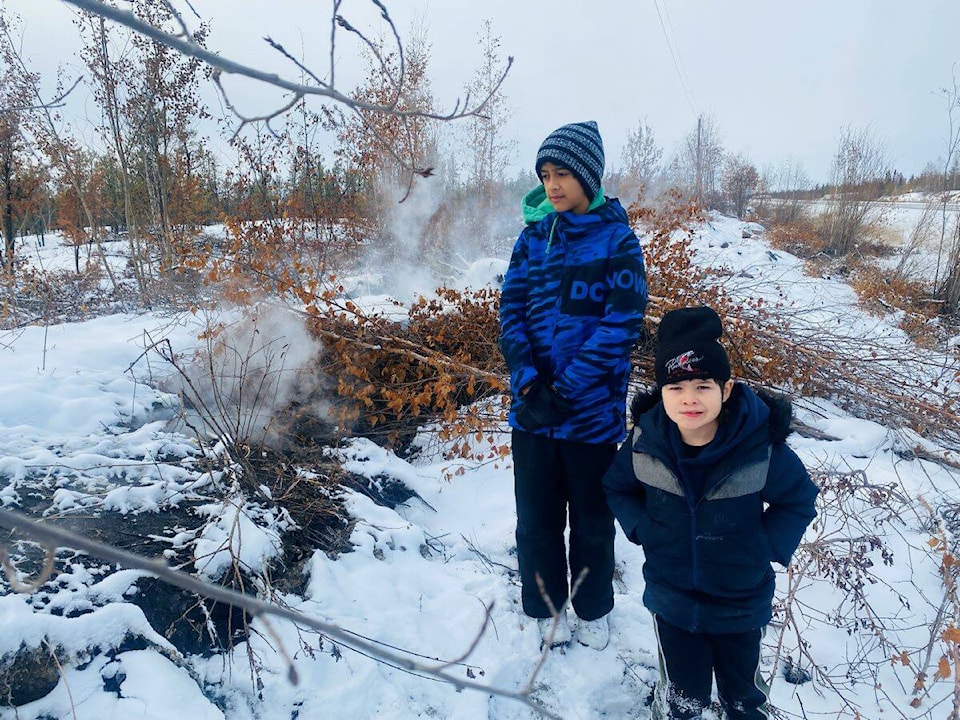As winter arrives, certain regions in the territory continue to exhibit residual heat from this year’s wildfires.
“These heat spots, known as overwintering fires, are a common occurrence during winter. They are an integral part of the boreal forest ecosystem,” says Mike Westwick, the communications and public affairs manager at Environment and Climate Change (ECC).
ECC has been alerted to numerous hotspots along the highway stretching from Enterprise to the NWT border, and between Behchoko and Yellowknife, according to Westwick. The public has been repeatedly informed about this likelihood, and the subject has been addressed multiple times on radio and television broadcasts.
Completely extinguishing all heat spots across a vast region is not a practical task for fire suppression agencies, particularly in the face of the current extreme cold temperatures, said Westwick. The crucial aspect is that the department is aware of these locations, as they pose a higher risk of reigniting and expanding when the weather becomes warmer and the ground thaws.
Westwick emphasized that the mere presence of heat or fire in the environment does not constitute a threat to the public, as the prevailing temperatures during the overwintering period do not facilitate significant growth.
“This should serve as a reminder to the public of the extraordinarily challenging conditions that firefighters across the territory had to contend with this year,” he added.
Westwick advises the public to exercise caution if they venture out into the wilderness and to steer clear of areas where fires have occurred, if possible. If individuals come across a location where heat is evident, they should avoid those particular areas. He also cautions that trees in burned areas have suffered significant damage, and people should take extra care to evaluate the area due to potentially hazardous trees.
Westwick stated that the department monitors these heat spots through routine work, liaisons with researchers and others on-the-land, and reports from individuals. These heat signatures are typically too faint to be detected by satellite, but the department will utilize this method as well as other available and practical means.
He assures that as the department transitions into the next fire season, it will closely monitor the locations where these hot spots have been identified and take any necessary measures.
Westwick noted that the public can email or call their regional office if they spot a new heat source, as the regional offices can record it to aid the department’s monitoring efforts. However, he said the department is already well-informed about the hotspots in the aforementioned areas and requests that reports be confined to new, unique ones as much as possible.
